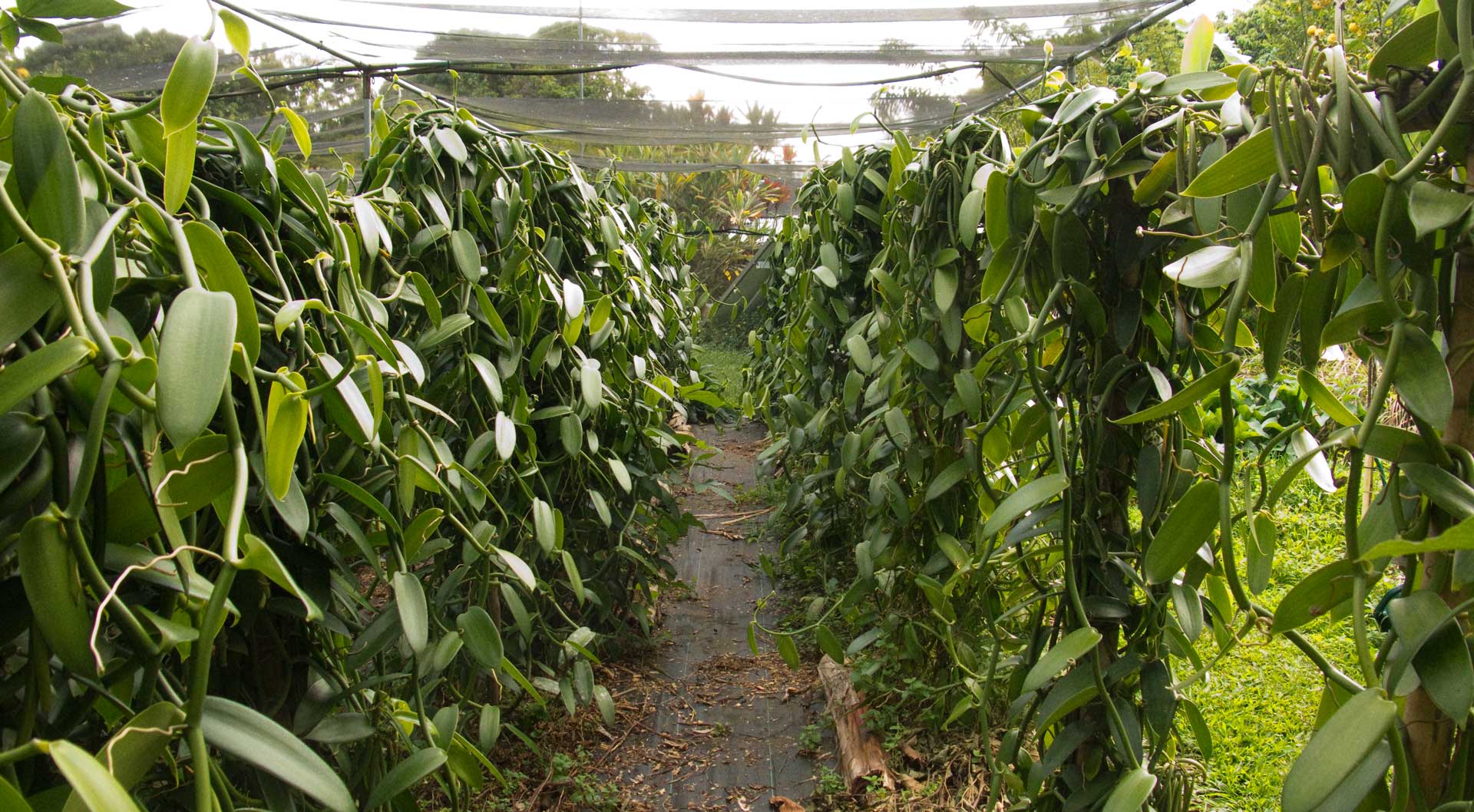
This article is an addition to the 2‑part How to Cure Vanilla Beans article. A critical stage in the curing of vanilla is the “sweat,” where the enzymatic process that develops the vanillin takes place. The sweat box creates an environment that holds the beans at the optimal temperature for this process. In the How to Cure Vanilla Beans article, I describe how to put together an ad hoc sweat box using a cooler and hot water bottles. In this article, I will describe how I built the electrically heated sweat box used to handle larger quantities of vanilla pods.
Full Article…




